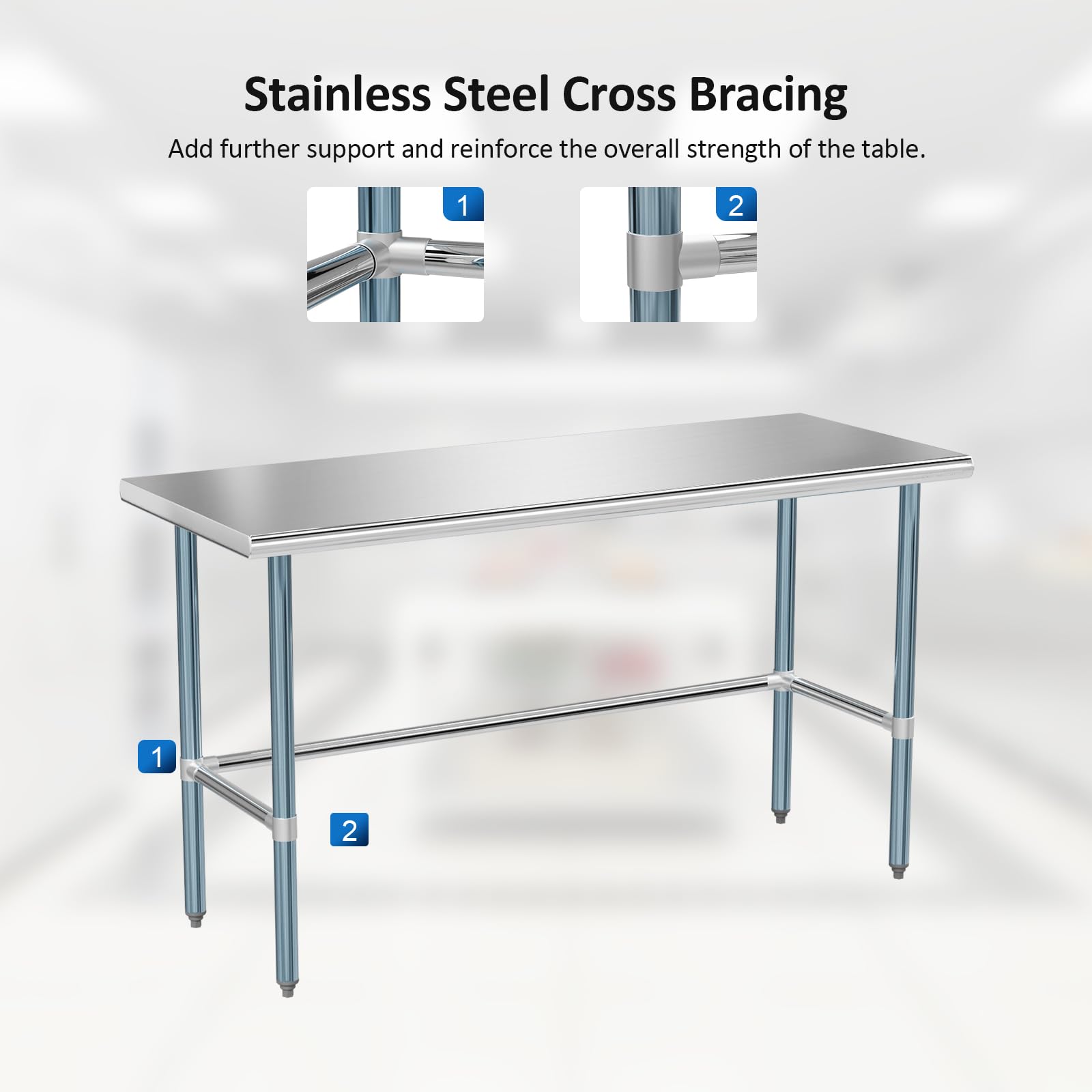When selecting stainless steel for commercial, industrial, or household applications, two of the most commonly compared grades are 201 and 304. While both belong to the austenitic family and share some similarities, they have distinct differences in composition, performance, and cost. This article explores the key differences between 201 and 304 stainless steel to help you make an informed choice.
1. Chemical Composition: The Core Difference
The most significant difference between 201 and 304 stainless steel lies in their chemical makeup, which directly affects their properties.
|
Element |
201 Stainless Steel |
304 Stainless Steel |
|
Chromium (Cr) |
16-18% |
18-20% |
|
Nickel (Ni) |
3.5-5.5% |
8-10.5% |
|
Manganese (Mn) |
5.5-7.5% |
≤2% |
|
Nitrogen (N) |
Added for stability |
Minimal |
|
Carbon (C) |
≤0.15% |
≤0.08% |
Key Takeaways:
· 304 has higher nickel content, making it more corrosion-resistant.
· 201 replaces some nickel with manganese and nitrogen, reducing cost but also durability.
· 304 has more chromium, enhancing rust resistance.
2. Corrosion Resistance: Which Performs Better?
304 Stainless Steel (Superior Resistance)
✔ Excellent for harsh environments (saltwater, chemicals, acids).
✔ Ideal for food processing, marine, and medical applications.
✔ Forms a stronger passive oxide layer due to higher nickel and chromium.
201 Stainless Steel (Moderate Resistance)
✔ Works well in dry or mildly corrosive conditions (indoor use).
✔ More prone to pitting and rust in humid or salty environments.
✔ Not recommended for marine or industrial chemical exposure.
Best Use Cases:
· 304 → Outdoor fixtures, kitchen equipment, medical tools.
· 201 → Decorative trims, indoor appliances, budget-friendly projects.
3. Mechanical Properties: Strength & Formability
|
Property |
201 Stainless Steel |
304 Stainless Steel |
|
Tensile Strength |
~515 MPa |
~515-620 MPa |
|
Yield Strength |
~275 MPa |
~205-310 MPa |
|
Elongation at Break |
~40% |
~40-60% |
|
Hardness (Brinell) |
~200 HB |
~201 HB |
Key Observations:
· Both grades have similar tensile strength, but 304 is more ductile (better for deep drawing).
· 201 can become brittle when cold-worked, while 304 retains flexibility.
· 304 is easier to weld without cracking.
4. Magnetic Properties: Does It Matter?
· 304 Stainless Steel → Non-magnetic in annealed state (some magnetism possible after cold working).
· 201 Stainless Steel → Slightly magnetic due to manganese content (more noticeable after forming).
Why It Matters?
· Non-magnetic 304 is preferred in electronics (MRI machines, sensors).
· 201’s slight magnetism is acceptable for most structural uses.
5. Cost Comparison: Budget vs. Premium
· 201 is ~20-30% cheaper than 304 due to lower nickel content.
· 304 is more expensive but offers long-term durability.
When to Choose 201?
· Short-term or decorative projects (interior design, furniture).
· Cost-sensitive manufacturing where extreme corrosion resistance isn’t needed.
When to Invest in 304?
· Long-term outdoor use (railings, marine hardware).
· Food-grade applications (kitchen sinks, restaurant equipment).
6. Maintenance & Longevity
· 304 requires less maintenance and resists tarnishing longer.
· 201 may need more frequent cleaning to prevent surface rust.
Cleaning Tips for Both:
✔ Use mild soap + water (avoid chloride-based cleaners).
✔ Dry thoroughly to prevent water spots.
✔ For 201, occasional polishing helps maintain appearance.
Final Verdict: Which One Should You Choose?
|
Factor |
201 Stainless Steel |
304 Stainless Steel |
|
Corrosion Resistance |
Moderate |
Excellent |
|
Cost |
Lower (~20-30% cheaper) |
Higher |
|
Durability |
Good for indoor use |
Best for harsh conditions |
|
Magnetism |
Slightly magnetic |
Non-magnetic |
|
Best For |
Decorative trims, budget projects |
Food processing, marine, medical |
Conclusion:
· Choose 201 if you need an affordable, indoor-friendly option.
· Opt for 304 if you require superior corrosion resistance and longevity.
By understanding these differences, you can select the right stainless steel grade for your specific needs—whether it's cost efficiency (201) or premium performance (304).

